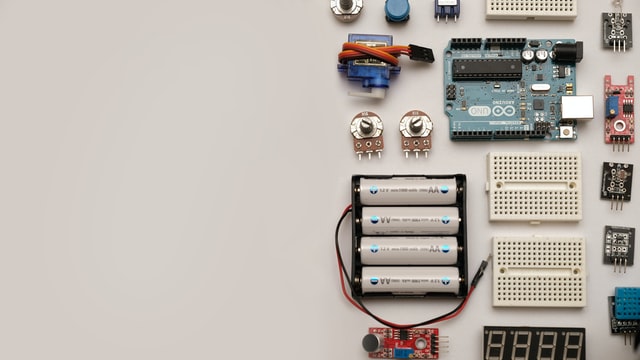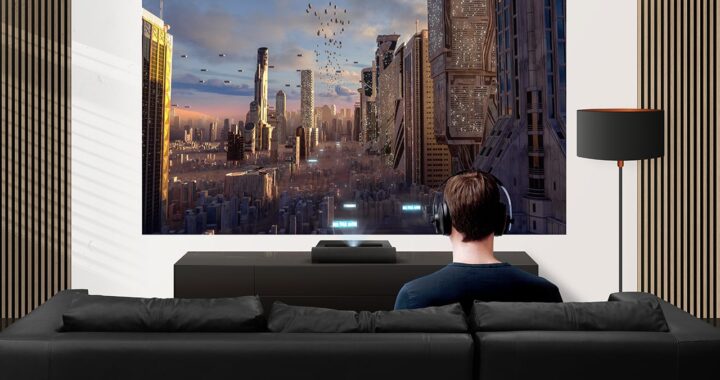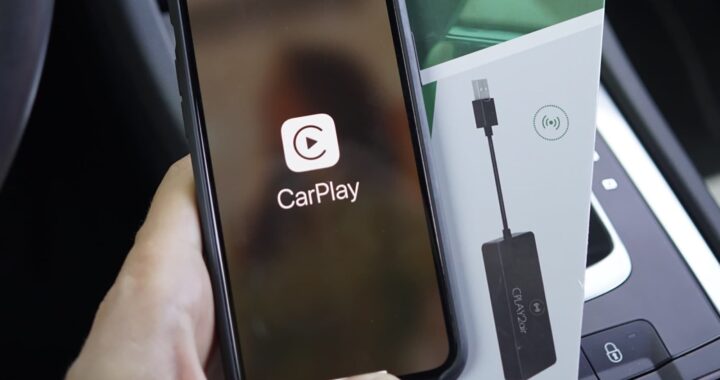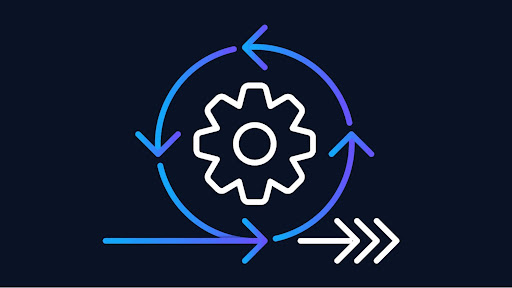IoT in retail

The Internet of Things greatly increases the efficiency of customer service, and also allows you to control the work of staff at any point of sale. IoT in Retail allows you to increase the profitability of your business, which is especially important for the owner of chain stores.
The basic advantages of IoT in Retail
The introduction of modern IT technologies in the field of retail trade in consumer goods gives business owners many advantages:
- Advanced SCM is the ability to accurately and error-free control of all warehouse balances, disposal of expired goods, reducing the risk of theft or loss of products.
- Tracking the delivery of goods to each retail outlet using a passive GPS tag. Supply management is carried out from the central warehouse to the point of sale of the goods, or from the supplier to the gate of the intermediate warehouse.
- Organization of a convenient warehouse accounting system with automatic revision of all balances. Logistics becomes almost 2 times more efficient.
- There will never be an excess or shortage of goods on the shelves in the self-service hall since the system will allow you to scan each coded position and notify you of the number of products in time.
- In addition to the goods, special tags or scanners can also be installed on the shelves. Sensors read information according to pre-programmed boundary conditions, after which they transmit them via a wireless communication channel to the executable device.
- IoT allows you to collect quick information about the quality of customer service by analyzing feedback and other independent information sources. Thus, the controlling person can always make adjustments to the shuttle schedule or change the management system.
- RFID beacons increase the seller’s responsibility when dealing with customers. The staff is starting to treat customers better, which affects the growth of sales.
- The Euristiq team will help implement a system of analysis and control of people standing at the checkout, which greatly increases the efficiency of the point of sale with the correct redistribution of the flow of customers.
- A video surveillance system with the ability to recognize and identify faces, as well as hard drives attached to it, reduces the risk of theft of goods to almost a minimum. Cameras are also installed at cash desks and in other places where money can be stored or redistributed.
Not all of the benefits of IoT in Retail are listed above. Each customer can draw up his technical assignment, according to his wishes.
How IoT in Retail can influence your business
Modern developers offer customers unique software and the installation of peripheral devices, which completely blame the idea of their own business:
- Beacon system. Special transmitters are installed on promotional products. Regular customers can use the pre-installed application on their mobile devices. As a result, the buyer receives reliable information in real-time and can purchase certain goods with discounts. All gadgets are controlled by Bluetooth.
- System for managing the balances in the hall and on the shelves. Smart shelves in stores, to which sensors are attached, will always notify you of the correct placement of goods, insignificant product leftovers, and the need to replenish them.
- In addition, such devices eliminate the risk of theft as they can be integrated into the hall monitoring system.
- Discount management system. Many retailers have their official websites with online stores. If a registered customer views an item in an online catalog but does not buy it, at the next visit to the store, the application will notify him via his smartphone about the current promotion on the previously viewed device.
- POS terminals are an ultra-modern system that allows you to save on personnel, as well as significantly reduce the waiting time for customers at the checkout. The customer cart contains items with passive tags. If the smartphone has a special loaded environment, it simply passes through the reader, and the system itself scans all passive tags on the goods, invoicing. Payment is made by bank transfer.
- Targeting purchases. Customers often come to a store to make a specific purchase. It is not easy to find the necessary product in the big space hall. For this case, there is IoT in Retail. A smartphone application will help you to accurately navigate the store and quickly purchase the desired product without having to ask the staff for help.
The IoT technologies listed above in retail trade began to be actively implemented with the onset of the COVID 19 pandemic in the world. Automation of the trade process has reduced the need for personnel to be present at workplaces to a minimum, and customers may not walk in the hall for a long time, as well as reduce the number of contacts with other people.
How to use IoT in retail correctly: problems and their quick solutions
Not each owner of a retail business understands all the features of the internet and knows the method of its implementation. To do this, below 3 basic problems are explained associated with the start of using this technology:
- Planning and investment. Full-scale digital adoption is expensive and requires a lot of investment. To avoid it, our team develops a step-by-step business plan with the gradual introduction of IoT from electrical, lighting, or video monitoring to the complete transformation of the counting system during the time agreed with the customer.
- Any access to the international digital network, as well as the introduction of personal data, increases the risk of cyber-attacks. That this didn’t happen, along with the development of the IoT applications themselves, it is necessary to additionally install antivirus systems and security modules from well-known programmers in this field.
- The use and management of the systems handed over to the retailer require full retraining or a change of the staff. To successfully use all IoT functions, it is necessary to hire qualified specialists or organize free training for each candidate. This transaction is especially important for chain retailers who constantly exchange data between different points of sale.
The use of the Internet of Things in retail is growing every year, and the developers’ revenue is already in the tens of billions of dollars. However, these amounts cannot be compared with the increase in the dose rate of the business owners themselves, not due to the rise in prices for goods. as a result of improving customer service, optimizing product distribution, conducting promotions and marketing policies, as well as increasing the efficiency of staff work.

 Stars-923: Unveiling the Mystical Cosmos
Stars-923: Unveiling the Mystical Cosmos  Buying Guide for Short-Throw 4K Projectors for Gaming
Buying Guide for Short-Throw 4K Projectors for Gaming  5 Best Wireless Apple CarPlay Adapters in 2024
5 Best Wireless Apple CarPlay Adapters in 2024  The Essential Role of Animated Explainer Videos in Tech Documentation
The Essential Role of Animated Explainer Videos in Tech Documentation  How Do You Apply Agile Testing Principles And Practices Across Different Domains And Contexts?
How Do You Apply Agile Testing Principles And Practices Across Different Domains And Contexts?  What Are The Benefits And Challenges Of Using Mock Objects In TDD?
What Are The Benefits And Challenges Of Using Mock Objects In TDD?